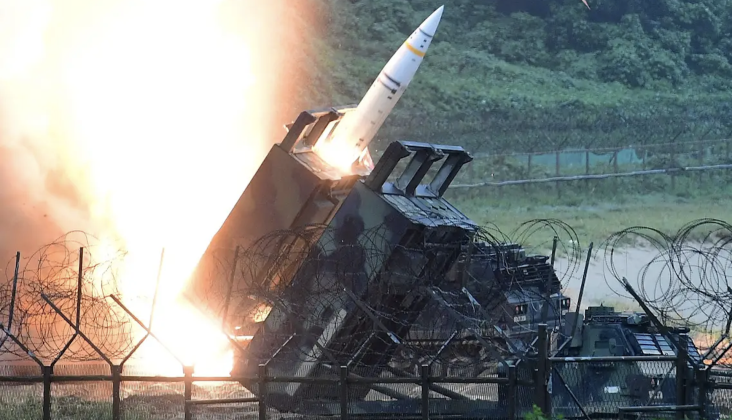Satellite images released on June 14 have confirmed that the Ukrainian Armed Forces were able to launch a major drone strike on the Morosovsk Airfield in Russia’s Rostov region, approximately 250 kilometres behind the frontlines. The attack was launched on June 13, but only confirmed the following day. The facility has been one of the most important in supporting Russian Air Force operations in the Ukrainian theatre, and serves as a forward operating base for Su-34 strike fighters that have played a central role in the Russian air campaign. The extent of the damage to the facility remains uncertain, with a number of reports indicating that the strike failed to destroy any aircraft. The demonstrated vulnerability of Russian airbases is nevertheless likely to be cause for considerable concern in the Russian Armed Forces, with the country’s air defence capabilities against drones having proven to be limited making it likely that more similar attacks will be launched in future.
Ukraine has seen its ability to attack Russian air bases and other key targets far behind the front lines expanded considerably with the delivery of American ATACMS ballistic missiles, with the country benefiting from deployment of Western specialists on the ground and access to NATO states’ satellite networks and air surveillance data to facilitate effective attacks. In mid-May ATACMS were used for a strike on Russia’s Belbek Air Base on the disputed Crimean Peninsula hosting the country’s MiG-31 interceptors, two of which were seen destroyed at the facility in the aftermath. That month also saw an unprecedented drone strike on a Voronezh-DM early warning radar system at the Armavir Radar Station in Russia’s southwestern Krasnodar Krai – which had formed a core part of Russia’s early warning system against possible Western nuclear missile strikes. The United States loosened restrictions on Ukrainian operations to strike deep within Russia near the end of the month using American weaponry. Russia was reported to have forward deployed one of its new S-500 systems in the second week of June for additional ballistic missile defence in response to this growing threat. An increased focus on drone and missile strike by Ukraine comes as its forces have continued to face multiple setbacks and extreme casualties on the ground, allowing the Russian Army to take considerable ground from late 2023.

Since entering service in 2014, the Su-34 has been acquired in greater numbers than any other Russian fighter class, with the fleet currently estimated to number over 120 aircraft despite combat losses in the Ukrainian theatre. The aircraft has proven particularly effective when deploying precision guided glide bombs against targets in Ukraine, including in a close air support role, with these bombs allowing fighters to engage at ranges of approximately 70 kilometres. The bombs can deliver much larger payloads than air launched missiles and at a very small fraction of the cost, and can carry not only conventional payloads but also thermobaric rounds optimised for neutralising personnel in fortified positions. The Su-34 has borne the brunt of responsibility for strike operations, and represents a heavily modified derivative of the Soviet Su-27 Flanker design approximately 50 percent larger and with a much increased weapons payload and range. New batches of enhanced new Su-34 variants have continued to be received with high frequency, and additional orders placed, since full scale hostilities broke out between Russia and Ukraine in February 2022.
